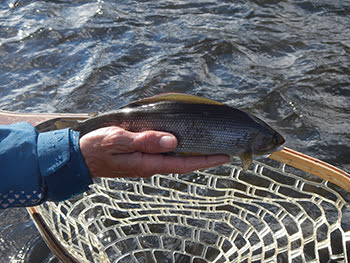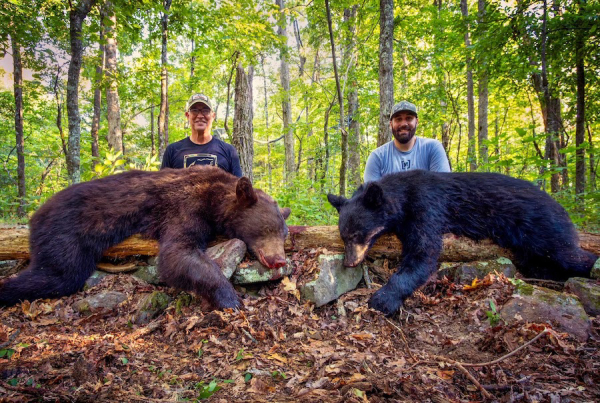Polar Bears to be Hurt by Protections
By Glen Wunderlich
Outdoor Columnist
Professional Outdoor Media Association
The Interior Department has officially declared the polar bear a threatened species, and accordingly, says it must be protected because of declining Arctic sea ice. Interior Secretary, Dirk Kempthorne, said the polar bear species is likely to be in danger of extinction in the near future. One would think our government has invented a means to create more sea ice, but by Kempthorne’s own admission, “This listing will not stop global climate change or prevent any sea ice from melting.”
One must wonder then just what this unprecedented legislation accomplishes. I mention unprecedented, because this is the first instance that the Endangered Species Act has been leveraged to protect a species threatened by implications of global warming, which many scientist agree is a hoax perpetrated to advance political agendas.
The protection bestowed upon the bears will not keep any of them from being harvested by hunters, as if hunting has caused concern for growing and sustainable numbers of polar bears in the first place; it simply prevents Americans from importing any portion of harvested bears into the United States, which in effect, will stop American hunters’ dollars going to communities in the Northwest Territories and Nunavut in Canada. So, instead of allowing millions annually to be invested in conservation efforts and communities that rely on the cash influx, Canadian polar bear conservation programs will be gutted. Yet, under a strictly enforced quota system established by scientific studies, local communities will instead continue to harvest the same number of bears for their own sustenance. The money, however, will dry up.
Biologist Mitchell Taylor, who has studied the polar bears for 20 years in the Arctic Territory, says polar bear numbers have grown substantially. The bear population across the Arctic from Alaska to Greenland doubled from about 12,000 to 25,000 since 1960 and Dr. Taylor says threats to polar bears from global warming are exaggerated.
As a matter of fact, these and other populations in Canada hunted pursuant to a quota system are some of the healthiest and most closely monitored polar bear populations in the world, due in large part to sport hunting funds used in sound management practices. Only the large, older males are typically pursued, so as to provide not only trophies from the high-priced hunts, but sustainability of the overall population. Is anybody paying attention?
According to the Polar Bear Specialist Group, the twelve polar bear populations managed wholly or in part by Nunavut appear to be very healthy on the whole. Of those twelve Nunavut populations – all of which are hunted under the quota system – nine are currently estimated to be at target size, and seven of the twelve have increased in size over the previous estimate.
The Federal Wildlife Service (FWS) had approved six polar bear populations for import and the FWS had specifically found these populations to be hunted in a manner “ensuring the maintenance of the affected population stock at a sustainable level.” It’s clear that hunting by Americans has been a vital part of the successful growth of polar bear numbers.
However, the FWS has based its about-face on questionable computer models and projections some 45 years into the future. I wonder how it accounts for this past year’s one degree Fahrenheit increase in global temperature across the world as a result of one harsh winter, which in effect, has wiped out 100 years of global warming. I also wonder why the Canadians haven’t joined in the movement to stop polar bear hunting, if doing so would mean protection for their polar bear population.
Actually, there’s not much to wonder about. When polar bear numbers begin to decline because of this deplorable measure in the name of protection, the global warming alarmists will be right this time. But, while spewing, “I told you so!” their own self-fulfilling prophecy will have created the very calamity they fear.







